Dana Fritz is an Associate Professor in the Department of Art & Art History at the University of Nebraska-Lincoln. She holds a BFA from Kansas City Art Institute and an MFA from Arizona State University. Her honors include an Arizona Commission on the Arts Fellowship, a Nebraska Arts Council/Lincoln Arts Council Impact Grant, a Rotary Foundation Group Study Exchange to Japan and Juror’s Awards in national exhibitions. University of Nebraska-Lincoln has awarded several grants from the Office of Research and the Hixson-Lied Endowment that have supported her photographic projects in Europe and Japan. Fritz’s work has been exhibited in over 60 venues in the last decade including the Center for Photography at Woodstock, the Houston Center for Photography, Florida State University Museum of Fine Arts, the Griffin Museum of Photography and the Nelson-Atkins Museum of Art as well as Château de Villandry in France and the Toyota Municipal Museum of Art in Japan. Fritz’s work has been published in numerous exhibition catalogs including Grasslands/Separating Species and LAND ART/NEW MEXICO and was featured in Orion, Photography Quarterly, PDNedu, and Issues in Science and Technology. Her portfolios Garden Views and Terraria Gigantica were selected for the Museum of Contemporary Photography’s Midwest Photographers Project from 2004-06 and 2008-12 respectively. Her work is held in several collections including the Nelson-Atkins Museum of Art, Kansas City; Museum of Contemporary Photography, Chicago; New Mexico State University, Las Cruces; Scottsdale Museum of Contemporary Art, Arizona; Weeks Gallery Global Collection of Photography at Jamestown Community College, New York; and Bibliothèque Nationale de France, Paris. Fritz has been awarded artist residencies at three locations known for their significant cultural histories and gardens or landscapes: Villa Montalvo in Saratoga, CA; Château de Rochefort-en-Terre in Brittany, France; and Biosphere 2 where she made photographs for Terraria Gigantica: the World Under Glass.
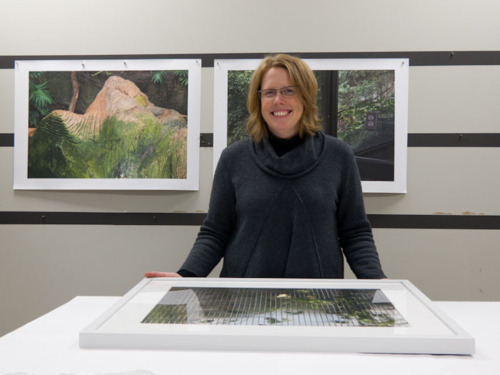
Dana Fritz in her Studio
Dana- this is your second interview with Urbanautica. Your first addressed the issues in your recent work. In this one, I would like to talk to you about your career as a photography educator. So, logically, we should start with what led you to photography in the first place? When was it that you decided that making images is your direction in life?
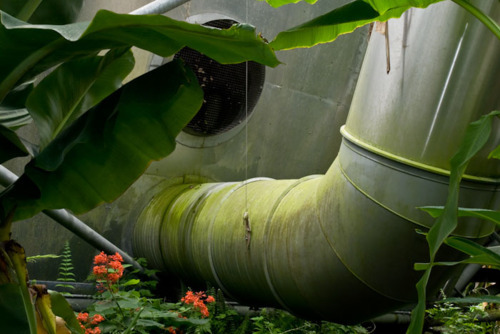
© 'Green Ductwork, Eden Project' from the series 'Terraria Gigantica: The World Under Glass'
Dana Fritz (DF): Even when I was young I had an interest in light and composition and in being an artist. Along with my other art courses, I took a photography course in 7th or 8th grade that I really enjoyed. I continued with photography and other art courses at my high school and on Saturdays at Kansas City Art Institute where I eventually received my BFA in Photography/Video. Looking back, I was really fortunate to have these opportunities and a family who basically supported my interests even if they didn’t understand them. My mother was also an omnipresent force with a camera at every life event. While I was often bothered that we were asked to pose for pictures, I really treasure the photographic archive she created.
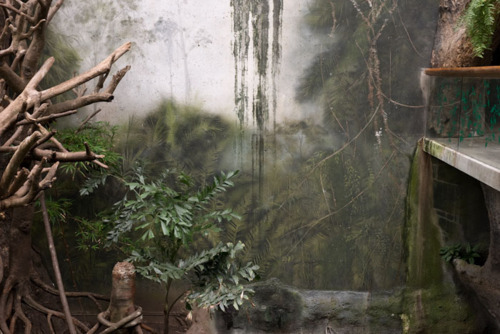
© 'Painted Leaves and Dripping Moss, Lied Jungle' from the series 'Terraria Gigantica: The World Under Glass'
Could you please describe the photography program and students at the University of Nebraska - Lincoln?
DF: UNL’s photography program is rather small and most of the students are BA or BFA track Studio Art majors. Most of them are from Nebraska but a few came from out-of-state. Many of them start in other majors or at other schools and find their way to us. Currently our degrees are very generalist in nature and require students to take courses in several studio areas. This can be good for students because I think many of them find natural linkages with their work in photography and printmaking or new genres or graphic design. We don’t have a mechanism to count how many students have declared photography as a studio emphasis but we seem to have 12-20 enrolled in intermediate and advanced courses each semester.

© Dana Fritz’s Student Work: Megan Stokes
Currently students can only take one 3-credit photography course per semester in their sophomore through senior years for a total of six courses in photography. I redesigned the photography curriculum last year placing digital photography at the beginning of the sequence because it is a required course for all BFA students. The second course is an introduction to film and the darkroom offered to all students who wish to continue in photography. After taking these courses, students move through a sequence of intermediate and advanced courses that all meet at the same time with the same instructor (me.) This set-up of “stacked” or “cluster” courses is common in small programs and is often the only way to offer a number of 300 or 400 level courses in a particular studio area. Although they have some assignments such as readings, presentations or reviews, students are basically making self-directed work in these courses and they choose whether to work digitally or with film or in a combination of the two. When redesigning the curriculum, I felt it was important to keep the darkroom and to continue to offer a course in black and white film and printing. In fact, I am expanding the curriculum to include alternative processes and in the fall, I’ll be co-teaching this course with my colleague from printmaking, Francisco Souto. I look forward to adding additional courses that are outside the sequence over the next few years. The graduate area of photography has been on hiatus for a few years and I am really looking forward to reviving it this fall with students we have just accepted into our MFA program.
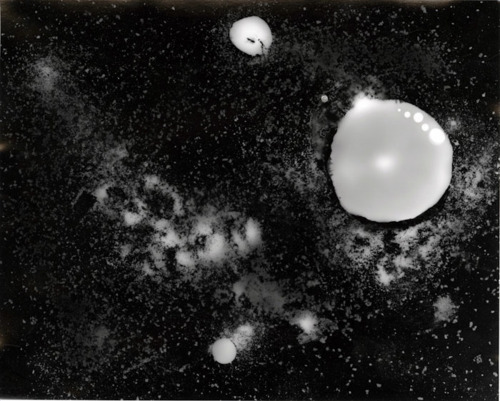
© Dana Fritz’s Student Work: Alex Russell
Although you have been a fine art professor for a long time, you have recently inherited the UNL’s photography program. What are your observations, or challenges in teaching photography as someone who practiced photography for years? Has anything surprised you?

© Dana Fritz’s Student Work: Michael Maly
I am thrilled that the students responded to the changes I made by forming a club that has already hosted a sale and raffle of their work and has plans to travel to the Society for Photographic Education conference in San Francisco in March. I am also surprised by the range of work by my intermediate and advanced students. We don’t have a lot in the way of equipment or even a history of photography course to support their pursuits, yet they are developing ideas and visions that lead to fascinating critiques and discussions. I really enjoy seeing their work progress technically and conceptually and I’m pleased they are very active in exhibiting locally. They are also participating in an exchange exhibition coordinated by Larry Gawel that travels among five other schools in the U.S. UNL hosts the exhibitions as well and seeing student work from other programs has been extremely valuable for my students.

© Dana Fritz’s Student Work: Matt Kotera
As professors of photography, we spend a lot of time thinking about the developments in our medium. So, inevitably, I have to ask- how do you imagine the future of photography education?
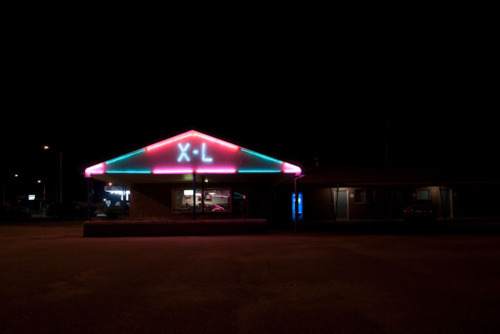
© Dana Fritz’s Student Work: Ashley Sears
Dana, your artwork is an exploration of man-made environments that emulate nature. Does your environmental work influence the way you approach photography curriculum?
DF: I hope so. It seems like being an environmentalist photography instructor may be an oxymoron but I think about our impact a lot. I inherited a facility and a closet full of black and white chemistry so I am using up what we have before making a decision to change to a different brand that may be even less toxic. I have made lots of requests to get our water temperatures under control to cut down on unnecessary water waste and I designed the beginning digital course to be heavy on editing and light on printing. I am always looking for ways to reduce waste without reducing learning. I hope in the coming semesters to address some of these issues in a seminar course on photography’s impact on the environment and on related policy and public perception.
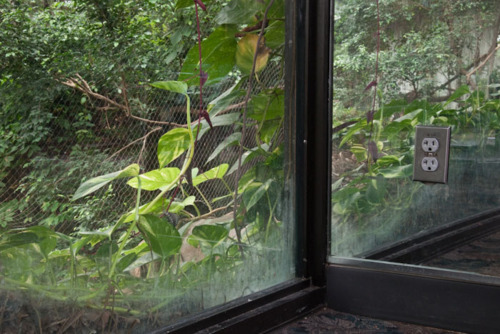
© 'Corner Outlet, Lied Jungle' from the series 'Terraria Gigantica: The World Under Glass'
Together with your husband Larry Gawel, you operate the Workspace Galleryin Lincoln, Nebraska. How does your role of a photography curator contribute to your career of a photography professor?
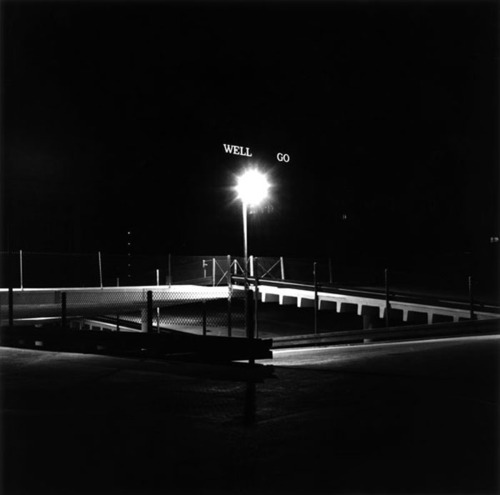
© Dana Fritz’s Student Work: Nathan Sanks
---
LINKS
Dana Fritz
United States
share this page